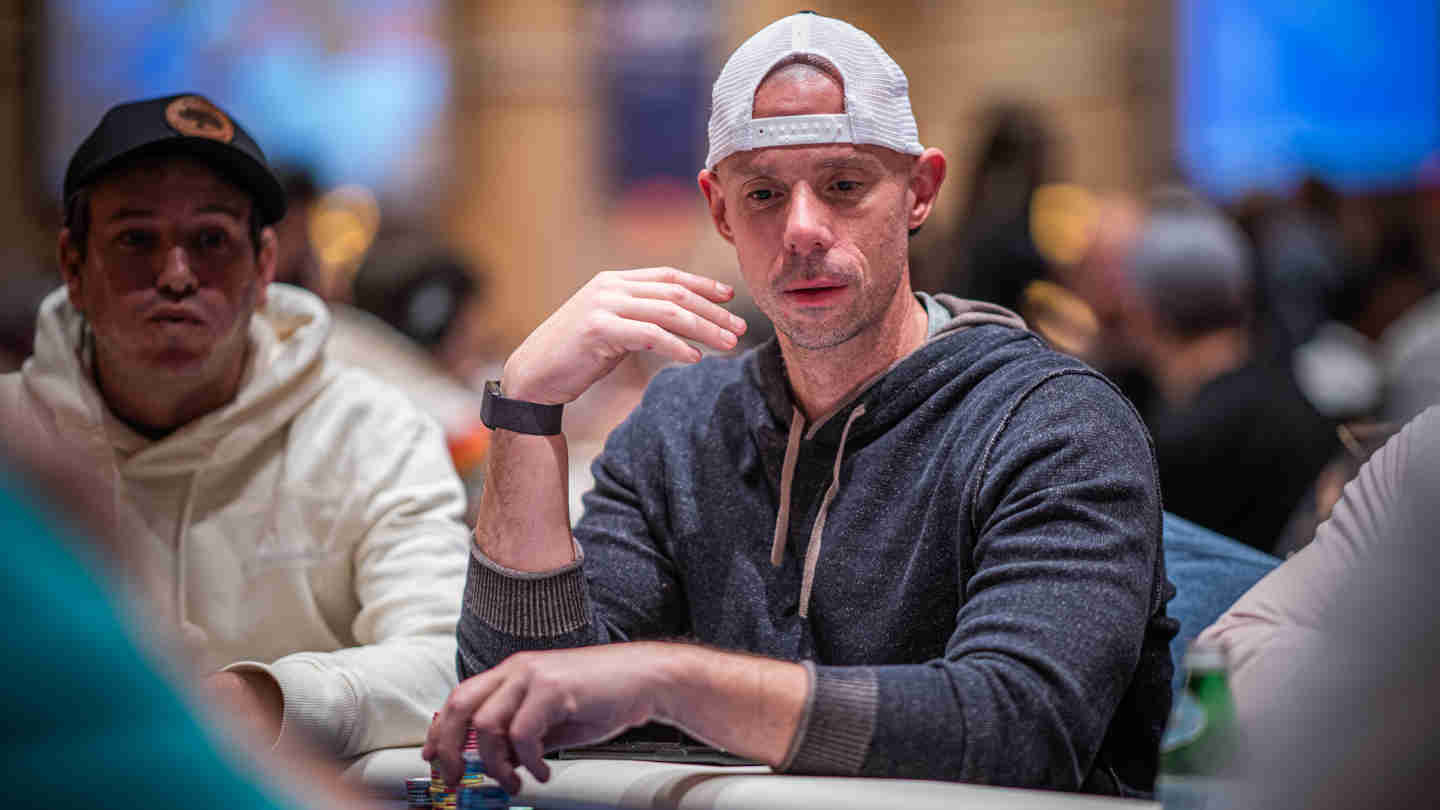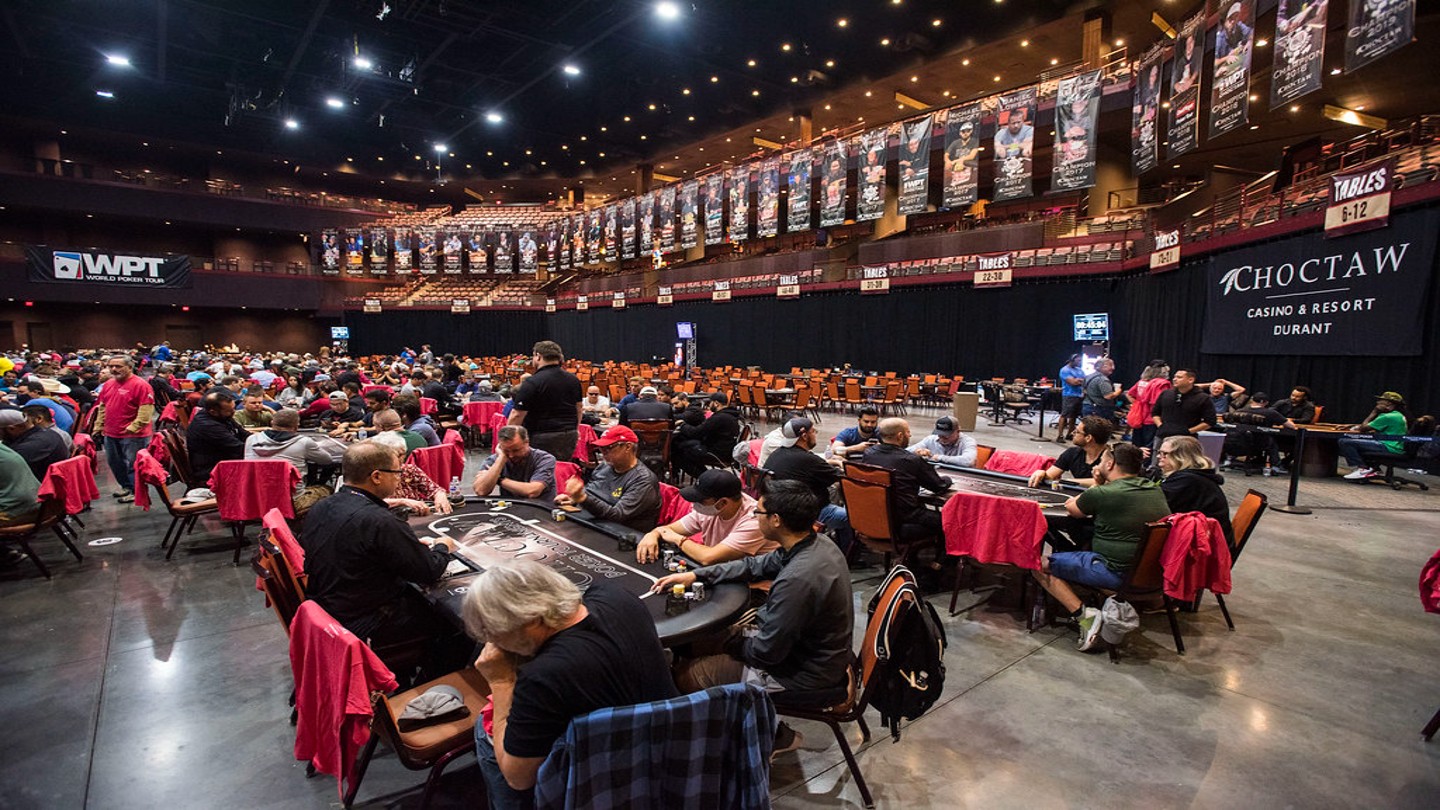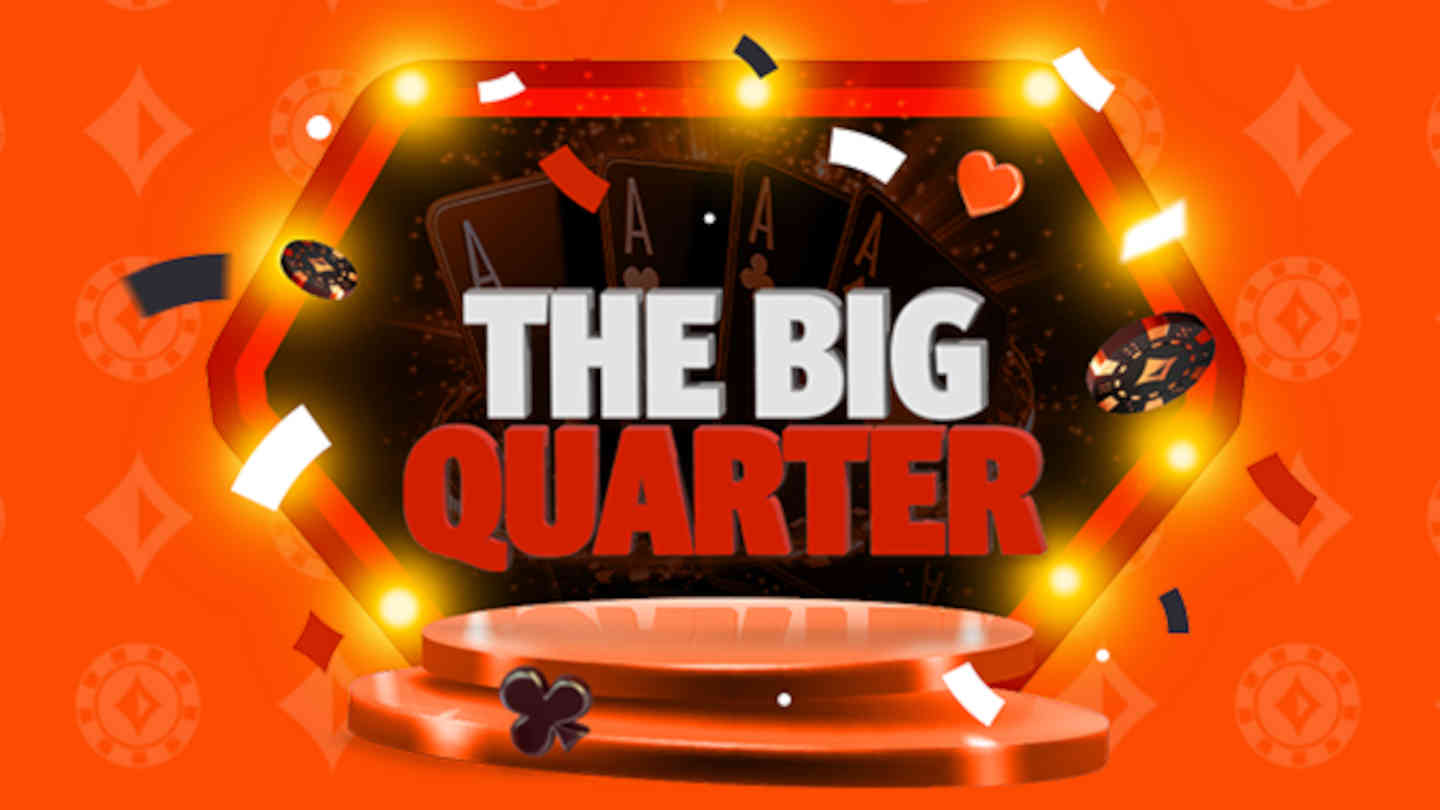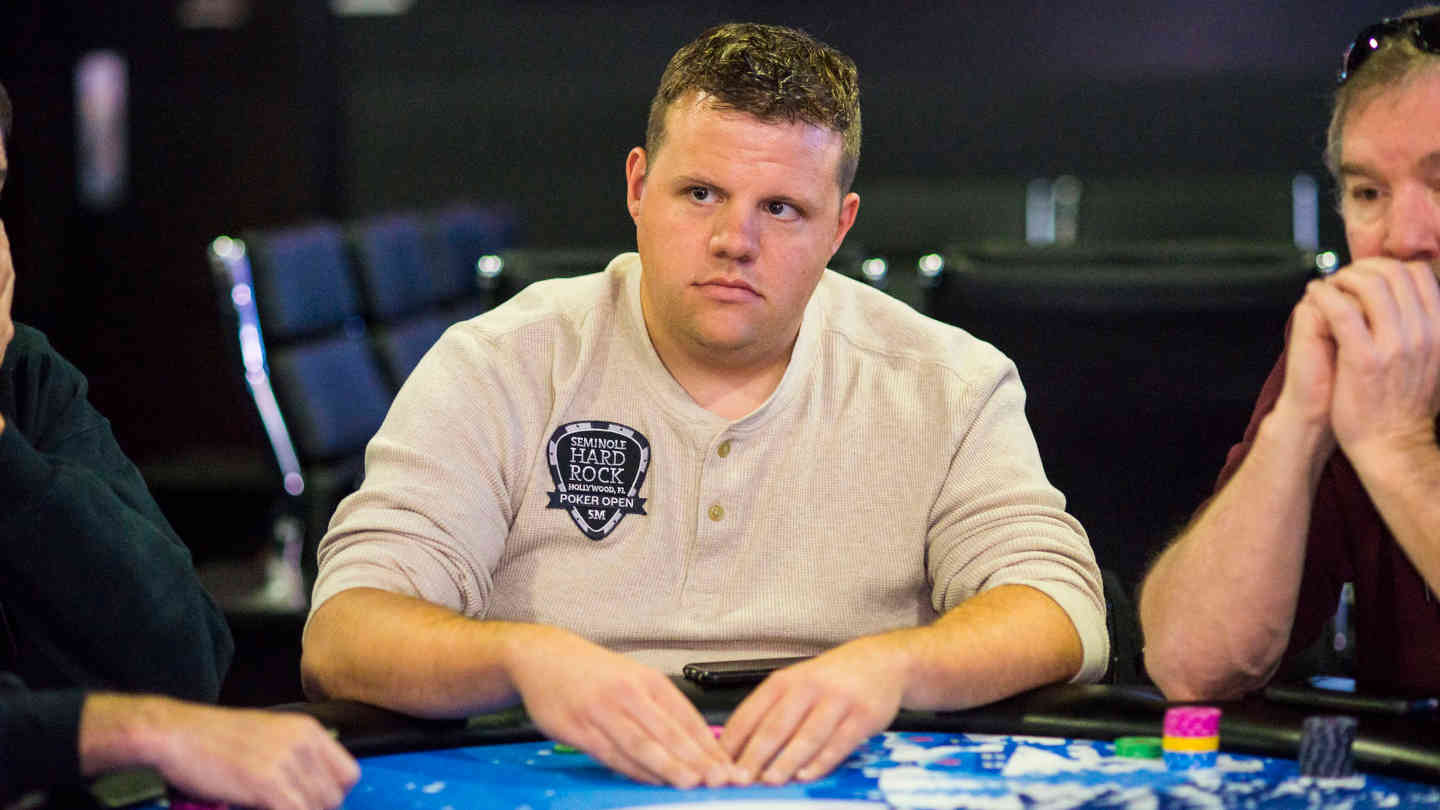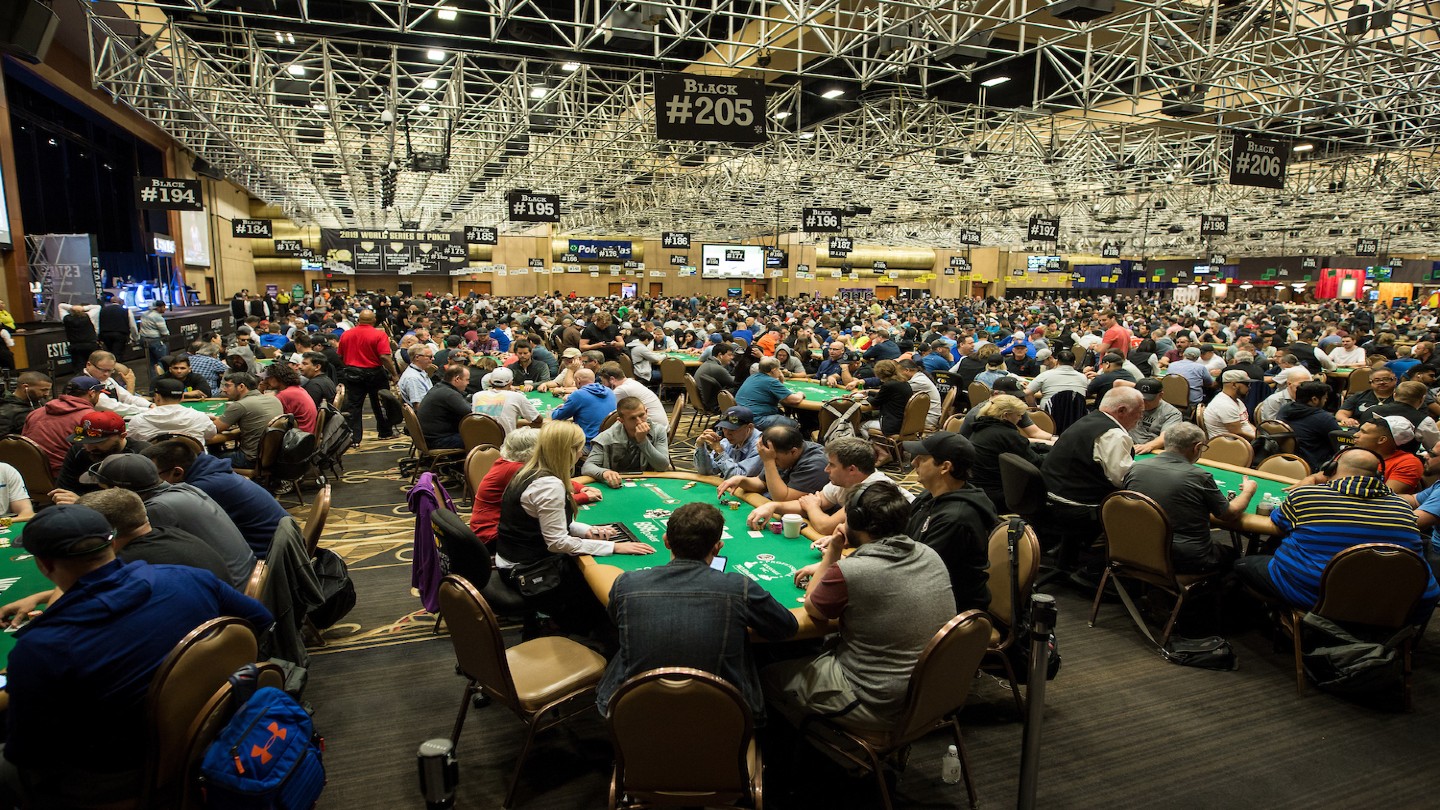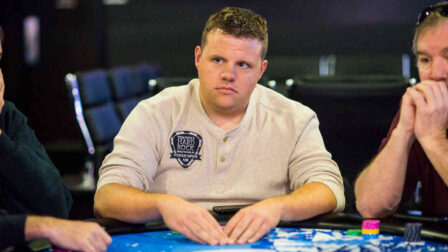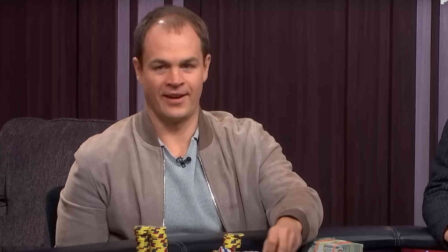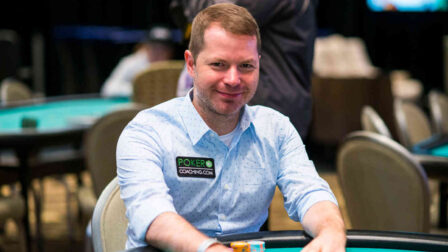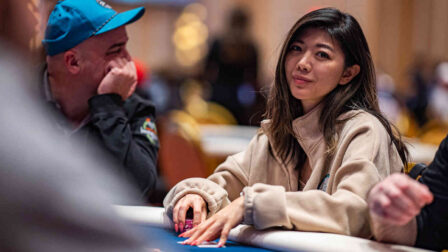Overbetting Turns and Rivers in Deep Stacked Cash Games

5 minutes
Last Updated: December 29, 2023
If you want to increase your edge at the tables even further, make sure to check the Pokercoaching training site.
…
This article will focus on a very specific subject of overbetting when playing in deep stacked cash games. The best way to go about covering this topic is by using PioSolver examples for several select spots and learn as much as possible from this in-depth analysis.
We’re covering scenarios where we are 100+ big blind deeps, looking into all the different sizing options at our disposal and how to use these different sizings based on the board texture.
We’ll primarily focus on overbets on different turns and the options we create for the rivers. We won’t be discussing flop overbets, as those aren’t really a thing, so when talking about big flop bets, we are talking about bets of around 80% of the pot.
The analysis revolves mostly around GTO strategy, i.e. playing against opponents who play the optimal strategy. If we wanted to add certain changes to adjust for different types of opponents who, for example, will over-fold their top pairs or draws, we should probably adjust our strategy a little bit.
It’s not like we’re entering some unknown territory when talking about overbetting the pot. We do it often when playing with shallower stacks, where we size our bets to make for an overbet on the river. But, when stacks get deeper, this topic becomes much more interesting, as our options increase.
Playing on a Dry Board Texture
The first example we’ll cover is the one of a very dry board texture of K♣7♠2♦. This is an example of an early position opener going up against a button player who is slightly on a tighter side, so they won’t be 3-betting that much.
On these types of boards, the original raiser will have an inherent equity advantage, since the opponent doesn’t have some of the strongest poker hands in their ranges (like pocket aces, pocket kings, and ace king). These are all the hands they’d almost certainly 3-bet before the flop.
What we see is that our big hands and our bluffs want to bet big here. With our middling hands, on the other hand, PioSolver prefers a smaller sizing.
On a safe turn card, such as 3♥, we have a certain number of overbets, primarily with our very strong hands, and then with some of our ace-high hands that we want to continue to put the pressure with and force the middling range of the opponent to fold.
However, our most frequent bet here is a smaller bet of about 30% to 40%.
If a different turn card comes, though, which changes things around, our bet sizing options change as well. For example, on a 10♥ turn, the percentage of overbets (130% of the pot) increases from 5% to 12%. This is mostly done with sets and draws like QJ and J9 and to some smaller extent with top two pair.
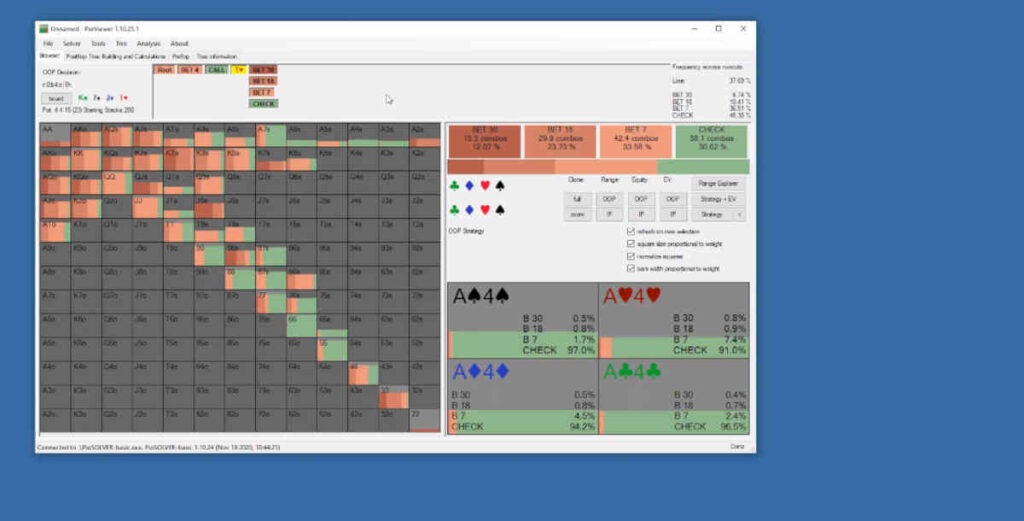
A More Interactive Board
For a second example, we’ll look at the board of J♠10♣2♥. We’ll use similar ranges from the previous example. We still have equity advantage here, as we have top pair or better about 25% of the time.
However, equities run a bit closer here as the J-high board also hits our opponent pretty hard.
In this spot, however, we want to start betting big (80% pot) right out of the gate. We’re looking at our big hands, like flopped sets, overpairs, and two pair, but also draws like gutshots with backdoor flush draws. These drawing hands are comfortable betting big in this spot.
By betting big, we get a lot of ace-highs to fold as well as weaker pairs. Their middling hands, like a Jx and Tx will continue.
Proceeding to the turn, on safe cards such as 3♦, we continue with big bets a lot of the time. Although equities are now much closer, the solver still finds a lot 130% pot bets as we have more sets and more overpairs.
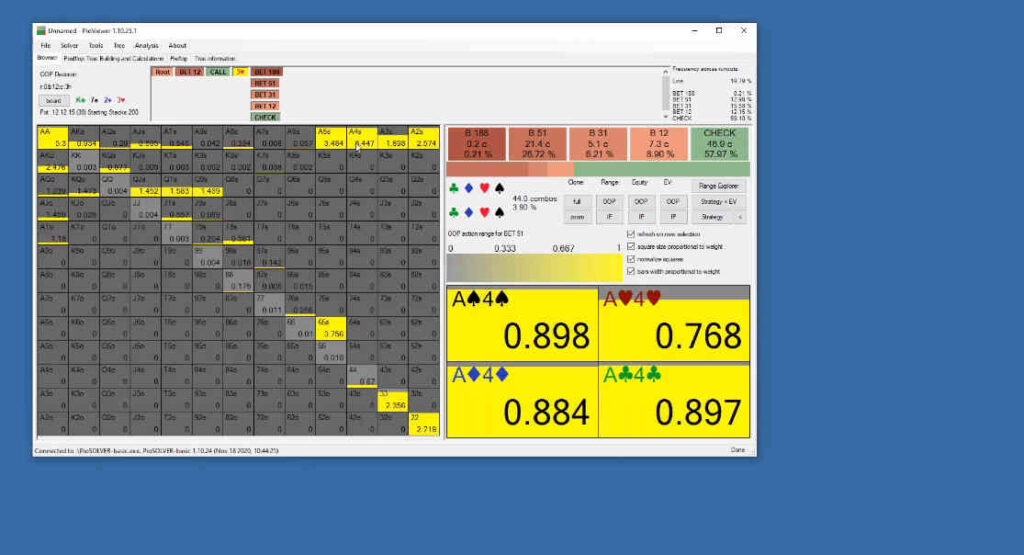
However, on cards that aren’t as safe, the situation is different. For example, on 8 or 9 turns, there are almost no overbets. On a Q turn, we once again have a fair number of overbets, as a lot of our Kx hands can go for a large sizing and put the maximum pressure. Then, there are also hands that got there on the turn or that were already strong, like a set of 2s.
The Final Example
For the third hand we’ll look at in terms of turn overbets, we’ll take an example of a 10♣5♥2♥ board, when raising from the button against the big blind. On the flop, we have the option to bet big or bet small, and there isn’t much difference between the two.
Some poker hands, like our overpairs (especially JJ) like to bet big (80% of the pot) on the flop.
With big bets, we get more folds and fewer raises on the flop, so this is something to consider when deciding between the two flop options. We don’t see many bluffs in the opponent’s raising range, apart from some A♥ hands containing a wheel draw.
So, a big bet offers us more protection, and then we proceed to the turn. When they check to us, we don’t have many overbets on flush cards and a few, but not many overbets on straight cards.
On a brick turn, like 9♦, we have many more overbets – we are comfortable betting large with many of our value hands. Some hands, such as turned open-ended straight draws, prefer to check back and realize their equity.
On ace turns, we have mostly just normal sizings, as our opponent has a lot of 3-4 in their range and different wheel aces, so equities are somewhat clearer. If we change the turn card to a king, though, this is a much better card for us. We do some overbets from AK and KQ, but our preferred bet size is a big bet (80% pot).
So, to sum it up, when we go with big turn sizing, it gives us options to go all in on the river for another overbet with our value hands and bluffs.
These examples should help you understand where overbets can be utilized. By utilizing big bets on one street, you’ll have an option of going all in on the river, betting 130% or 200% pot, which adds another dimension to your cash game strategy and can put your opponents in a really difficult spot.






